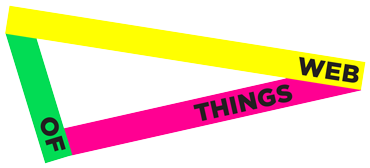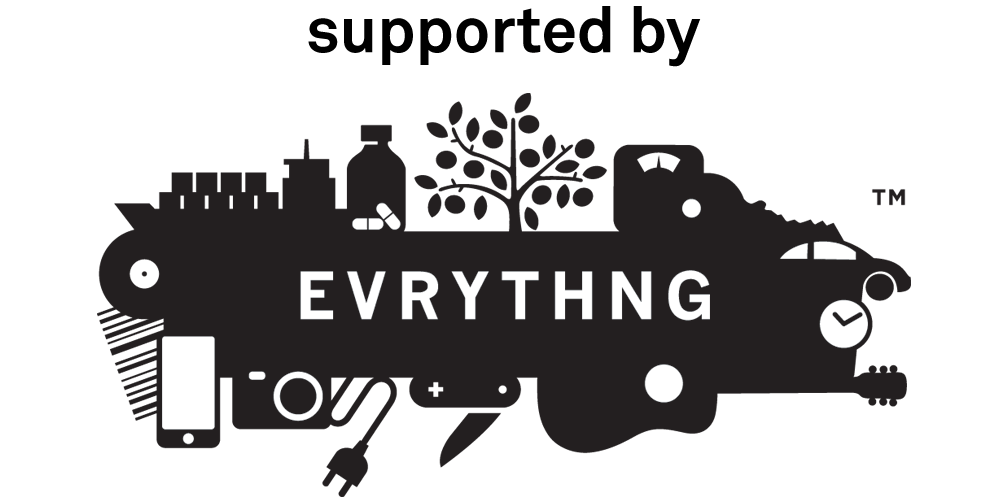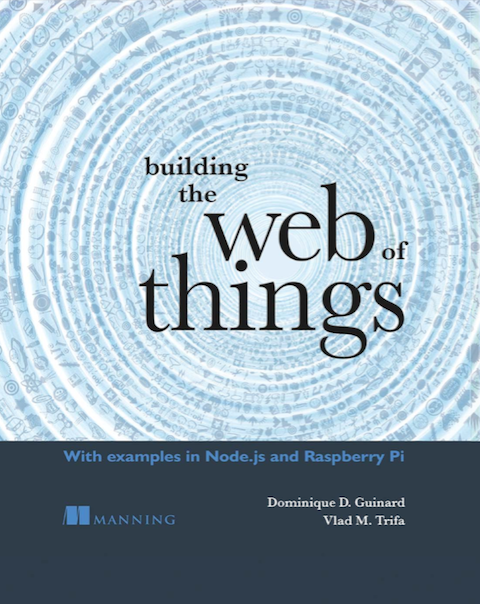Web of Things Core Concepts Paper
Together with Vlad and Erik Wilde, we’ve been trying since a while to write a scientific paper out of our common technical report that would sum up the founding concepts of the Web of Things. The paper finally got accepted for IoT 2010. This is a good sign because it emphasizes the fact that the Internet of Things community is now really looking into Web standards as a candidate common integration bus for the application layer of the physical world. A fact that did not really hold two years ago, when Erik’s attempt to publish a WoT paper at IoT...




